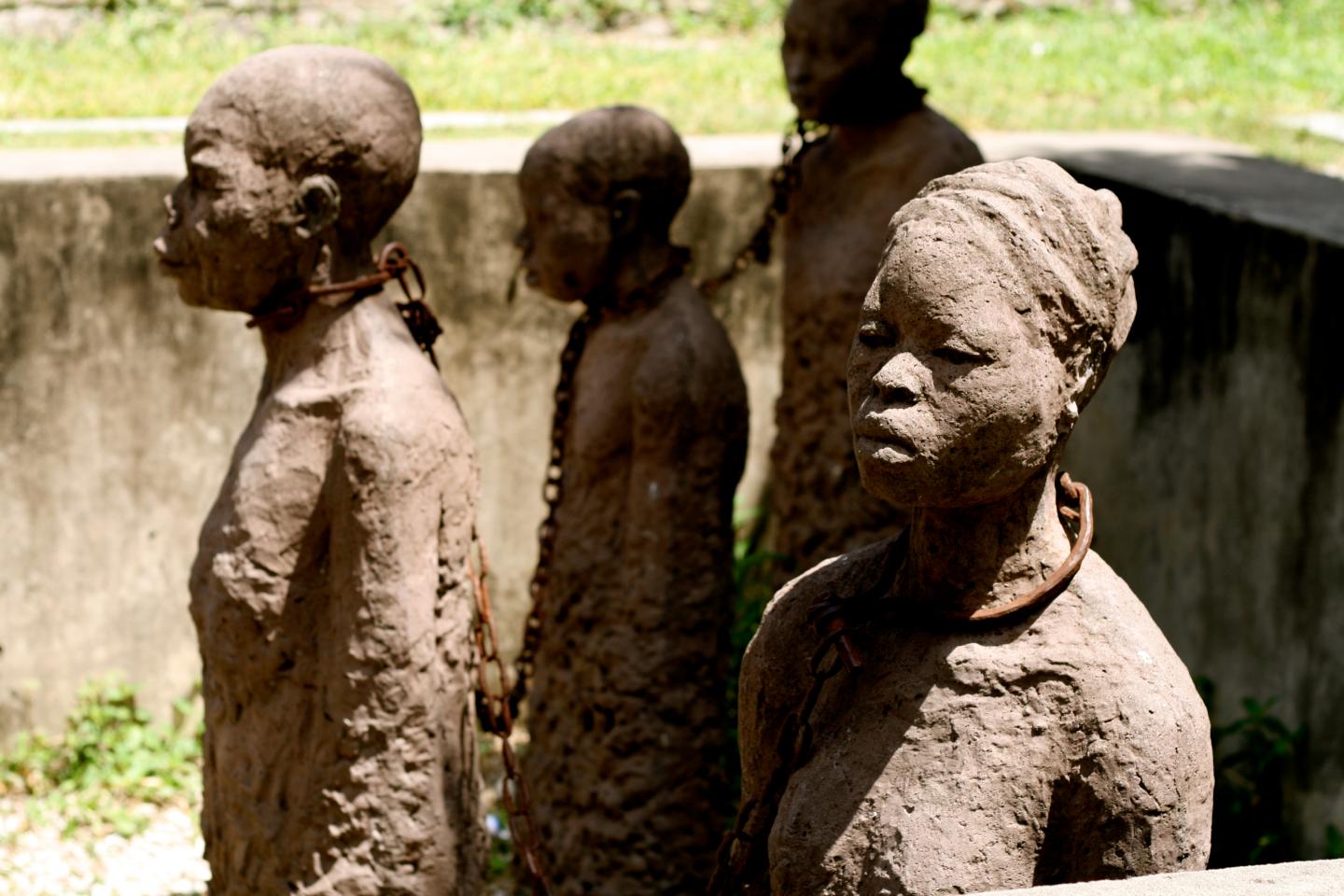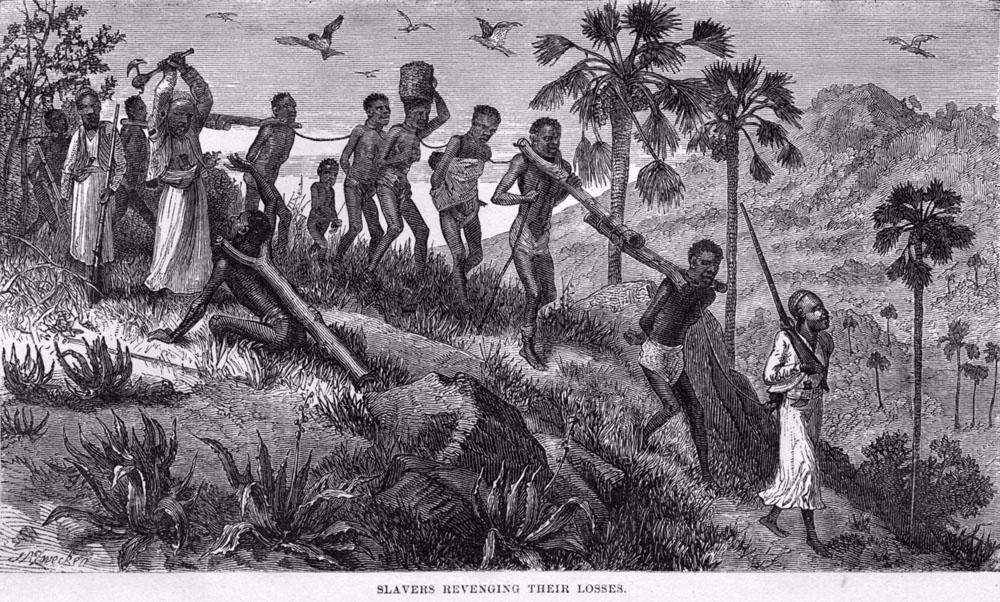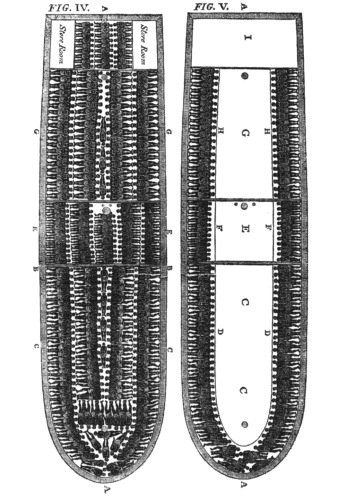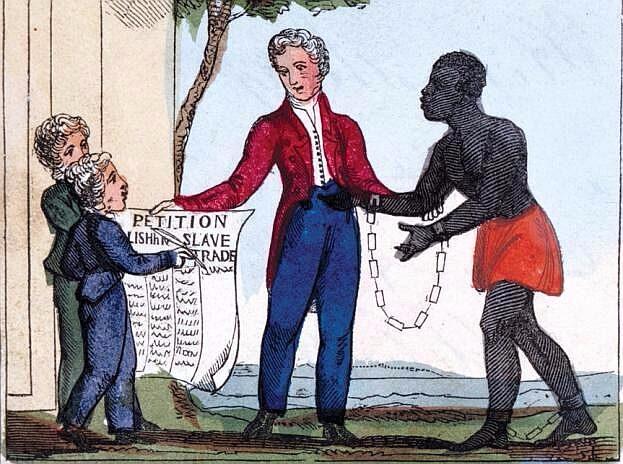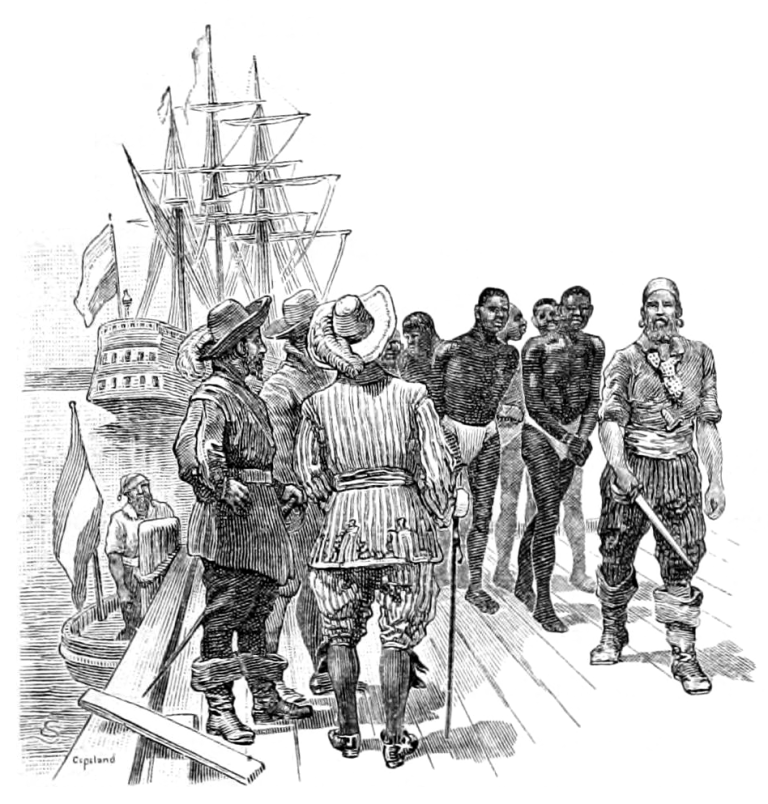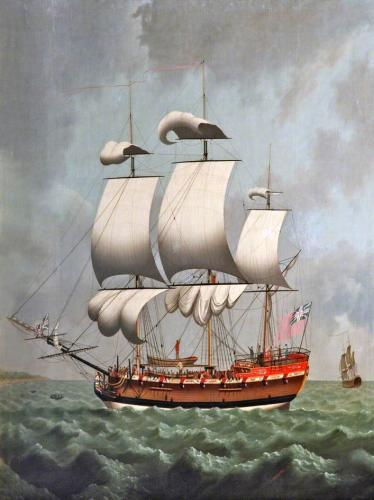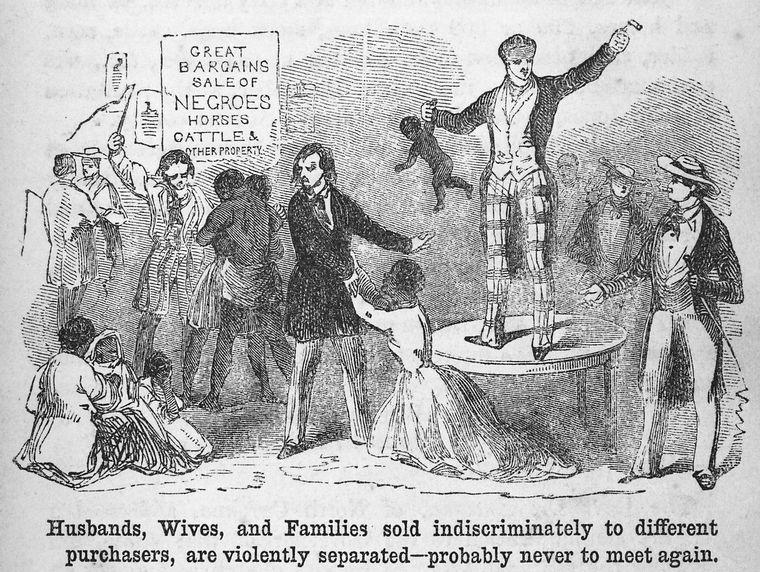A Growing Number of Slaves
Only about 6 percent of kidnapped Africans went directly to the American colonies (the majority went to the Caribbean and South America.)
Yet, by 1825, 25 percent of African descendants in the Americas were in the U.S. How could this be?
First, the death rates for slaves in the Caribbean and South America were very high. These areas had to continually import new slaves from Africa.
On the other hand, in the American colonies the birth rate was high. Slaves there had a birth rate 80 percent higher than those in the Caribbean and South America.
The average slave woman in the American colonies had about 9 children in her lifetime. Because of the hereditary slave laws, each child born to a slave became a slave himself.

